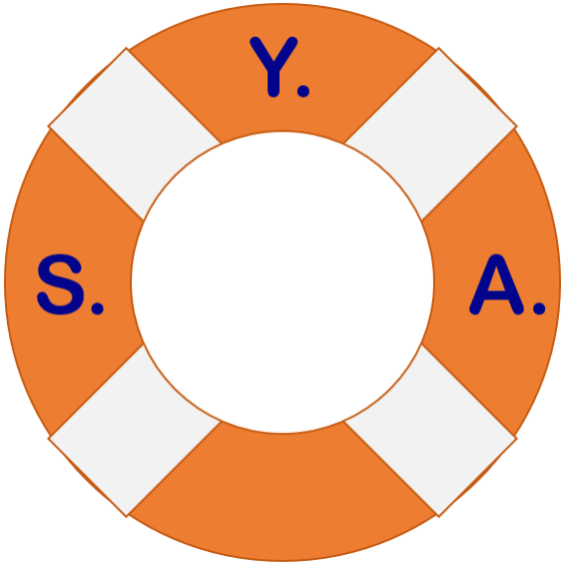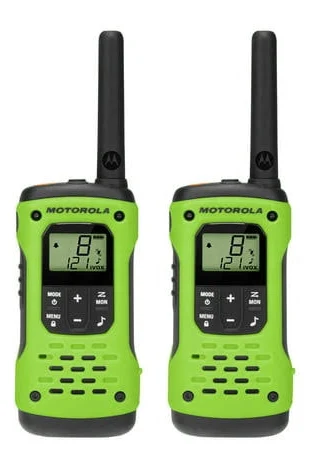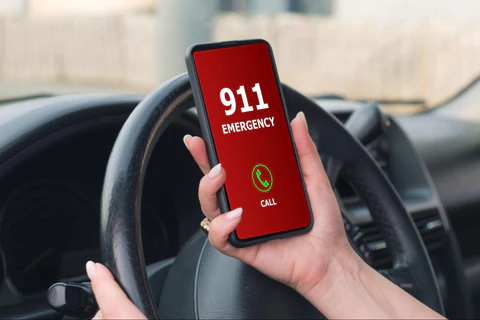Two-way radios are devices that allow users to communicate wirelessly over a short distance. They are also known as walkie-talkies, and they are used for various purposes, such as emergency preparedness, outdoor sports, hospitality, law enforcement, manufacturing, and more.
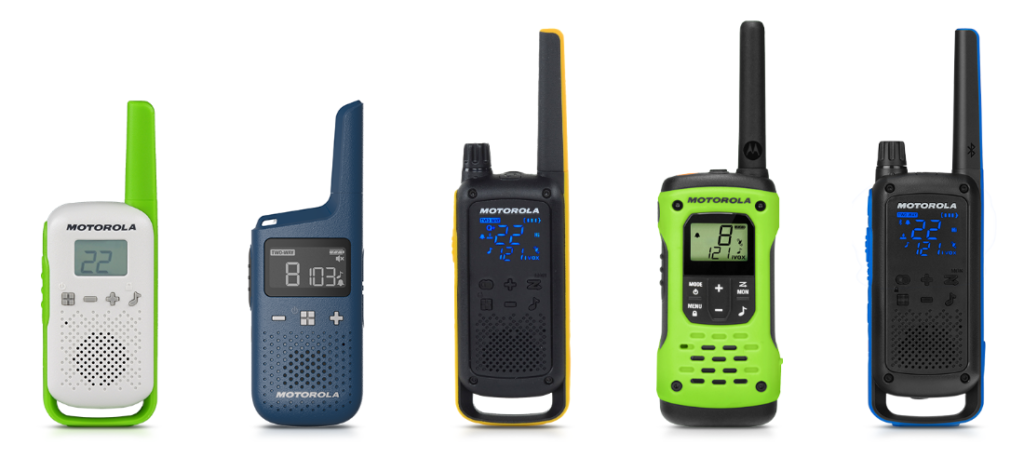
In this article, I will discuss some of the use cases, advantages and disadvantages of using Motorola Two-way radios. There are many two-way radio brands on the market. I own a pair of Motorola Two-way radios and they are some of the most economical on the market for the use cases I’m here to discuss. The have a variety of styles, features and price points to meet just about anyone’s needs.
Use cases
Two-way radios can be used in different scenarios where reliable and instant communication is needed. Two of the use cases I’m going to focus on today are:
Emergency preparedness
Having two-way radios can help users stay informed and prepared for emergencies, such as natural disasters, power outages, or terrorist attacks. Users can access weather alerts, emergency channels, and SOS signals on some models. They can also communicate with other users in their group or network without relying on cell phone towers or internet connection.
Outdoor activities
In the outdoors, two-way radios can enhance the safety and fun of outdoor activities, such as camping, hiking, skiing, hunting, or fishing. Users can keep in touch with their friends or family members, share their location and status, and coordinate their plans. Some models of Motorola Two-way radios are waterproof, rugged, and have long battery life, making them suitable for harsh environments (like the T600s I have).
Advantages of two-way radios
Two-way radios have many advantages over other communication devices or methods. Some of the advantages are:
Easy to use
Two-way radios are simple and intuitive to operate. Users only need to press a button to talk or listen to others. They do not need to dial a number or wait for a connection. They also do not need to worry about passwords or accounts.
Cost-effective
Two-way radios are economical and affordable to own and maintain. Users do not need to pay for monthly fees or contracts. They also do not need to replace their devices frequently as they are built to last.
Reliable
Two-way radios are dependable and consistent in their performance. Users do not need to depend on external factors such as cell phone towers or internet connection. They also do not need to worry about signal interference or dropouts.
Secure
Two-way radios are safe and private in their communication. Users can encrypt their messages or choose specific channels or groups to talk to. They also do not need to share their personal information or data with third parties.
Disadvantages to two-way radios
Two-way radios also have some disadvantages that users should be aware of. Some of the disadvantages are:
Limited range
They can have a limited range of communication compared to other devices such as cell phones or laptops. Users may not be able to reach others who are too far away or behind obstacles. They may also experience reduced quality or clarity if they are out of range.
Limited features
TThe radios have fewer features than other devices such as smartphones or tablets. Users may not be able to access the internet, send text messages, take photos or videos, play games, or use apps on their two-way radios.
Limited compatibility
Radios may not be compatible with other devices or systems. Users may not be able to communicate with others who use different brands or models of two-way radios. They may also not be able to connect their two-way radios to other devices such as computers or speakers.
Accessories
Many two-way radios have a variety of accessories to make using, maintaining and carrying them around easier. These include items such as:
- Belt clips
- Earphones
- Charging docks
- Carrying cases
My Experience
I bought a pair of the Motorola T600 Talkabout radios in 2019 for a cross-country move. I was going from Chicago to Salt Lake City on Interstate 80. Anyone that takes that route knows there are remote areas where cell service doesn’t exist.
There were two of us road-tripping with our cars full of stuff and we used these to keep in touch and talk to each other during the drive. They worked great. Now we use them anytime we travel or go camping as we’ve found many of the National Parks and the roads to get to them have extremely poor cell service if they have service at all.
How did I choose?
I picked this model for its rugged capabilities in the outdoors and water resistance (IP67). They also have great battery life and can maintain a charge for months at a time. I pull them out every 6 months and charge them if needed. The bundle I got came with 2 belt clips, a dual charger cable, 2 earpieces, and a carrying case. I keep them in my overland trailer so they are always with me when I’m boondocking.
They have NOAA weather alerts, a flashlight and red distress light as well.


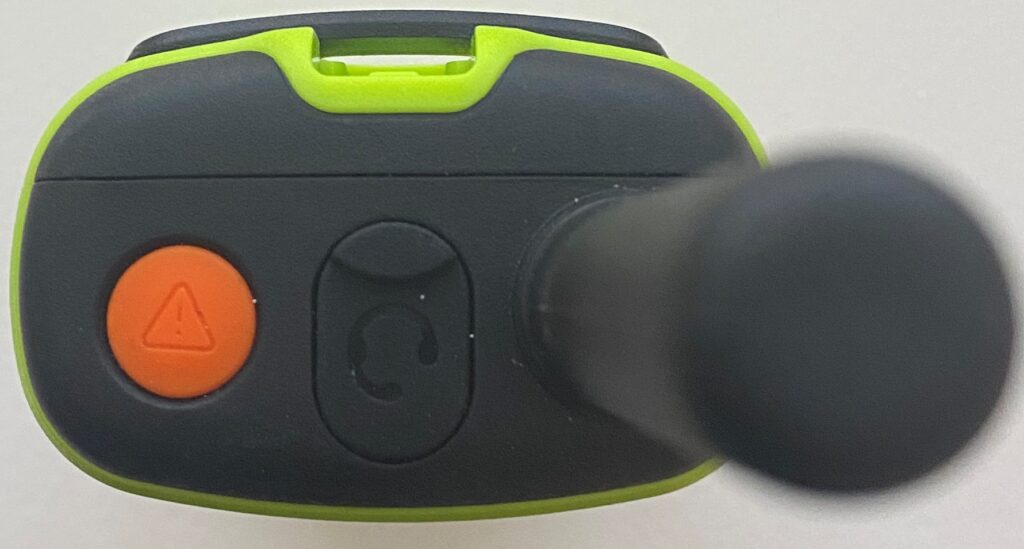
Conclusion
It’s funny how before cell phones and gps, I travelled all over this country with no issues. Now we’re more connected than ever before and as soon as we don’t have cell service it feels weird or dangerous. Having a two-way radio with me I know I have some way of reaching out if I need to.
Two-way radios are versatile and useful devices that can help users communicate in various situations and environments. They have many benefits such as ease of use, cost-effectiveness, reliability, and security. However, they also have some drawbacks such as limited range, limited features, and limited compatibility. Users should consider their needs and preferences before choosing the one that fits them best.
Popular Two-way Radio brands
- Motorola Two-Way Radios
- Retevis Family Two Way Radio
- MIDLAND Walkie Talkies
- Rugged Backcountry Radios | Rocky Talkie
Last Updated on June 17, 2023
